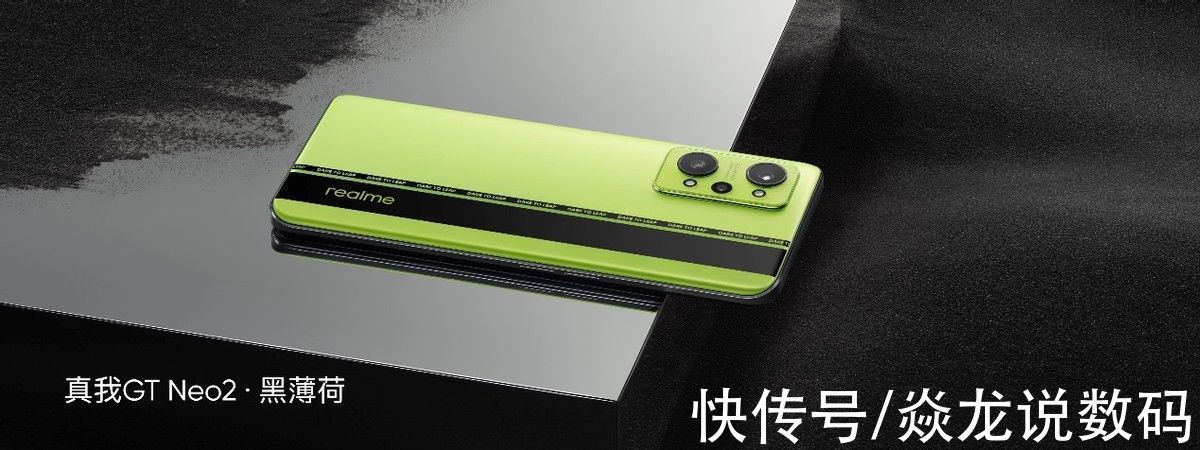FeignClient调用POST请求时查询参数被丢失的情况分析与处理
前言
本文没有详细介绍 FeignClient 的知识点,网上有很多优秀的文章介绍了 FeignCient 的知识点,在这里本人就不重复了,只是专注在这个问题点上。
查询参数丢失场景
业务描述: 业务系统需要更新用户系统中的A资源,由于只想更新A资源的一个字段信息为B,所以没有选择通过 entity 封装B,而是直接通过查询参数来传递B信息
文字描述:使用FeignClient来进行远程调用时,如果POST请求中有查询参数并且没有请求实体(body为空),那么查询参数被丢失,服务提供者获取不到查询参数的值。
代码描述:B的值被丢失,服务提供者获取不到B的值
@FeignClient(name = "a-service", configuration = FeignConfiguration.class)
public interface ACall {@RequestMapping(method = RequestMethod.POST, value = "https://www.it610.com/api/xxx/{A}", headers = {"Content-Type=application/json"})
void updateAToB(@PathVariable("A") final String A, @RequestParam("B") final String B) throws Exception;
}
问题分析 背景
- 使用
FeignClient客户端 - 使用
feign-httpclient中的ApacheHttpClient来进行实际请求的调用
com.netflix.feign
feign-httpclient
8.18.0
直入源码
通过对
FeignClient 的源码阅读,发现问题不是出在参数解析上,而是在使用 ApacheHttpClient 进行请求时,其将查询参数放进请求body中了,下面看源码具体是如何处理的feign.httpclient.ApacheHttpClient 这是 feign-httpclient 进行实际请求的方法@Override
public Response execute(Request request, Request.Options options) throws IOException {
HttpUriRequest httpUriRequest;
try {
httpUriRequest = toHttpUriRequest(request, options);
} catch (URISyntaxException e) {
throw new IOException("URL '" + request.url() + "' couldn't be parsed into a URI", e);
}
HttpResponse httpResponse = client.execute(httpUriRequest);
return toFeignResponse(httpResponse);
}HttpUriRequest toHttpUriRequest(Request request, Request.Options options) throws
UnsupportedEncodingException, MalformedURLException, URISyntaxException {
RequestBuilder requestBuilder = RequestBuilder.create(request.method());
//per request timeouts
RequestConfig requestConfig = RequestConfig
.custom()
.setConnectTimeout(options.connectTimeoutMillis())
.setSocketTimeout(options.readTimeoutMillis())
.build();
requestBuilder.setConfig(requestConfig);
URI uri = new URIBuilder(request.url()).build();
requestBuilder.setUri(uri.getScheme() + "://" + uri.getAuthority() + uri.getRawPath());
//request query params
List queryParams = URLEncodedUtils.parse(uri, requestBuilder.getCharset().name());
for (NameValuePair queryParam: queryParams) {
requestBuilder.addParameter(queryParam);
}//request headers
boolean hasAcceptHeader = false;
for (Map.Entry> headerEntry : request.headers().entrySet()) {
String headerName = headerEntry.getKey();
if (headerName.equalsIgnoreCase(ACCEPT_HEADER_NAME)) {
hasAcceptHeader = true;
}if (headerName.equalsIgnoreCase(Util.CONTENT_LENGTH)) {
// The 'Content-Length' header is always set by the Apache client and it
// doesn't like us to set it as well.
continue;
}for (String headerValue : headerEntry.getValue()) {
requestBuilder.addHeader(headerName, headerValue);
}
}
//some servers choke on the default accept string, so we'll set it to anything
if (!hasAcceptHeader) {
requestBuilder.addHeader(ACCEPT_HEADER_NAME, "*/*");
}//request body
if (request.body() != null) {//body为空,则HttpEntity为空HttpEntity entity = null;
if (request.charset() != null) {
ContentType contentType = getContentType(request);
String content = new String(request.body(), request.charset());
entity = new StringEntity(content, contentType);
} else {
entity = new ByteArrayEntity(request.body());
}requestBuilder.setEntity(entity);
}//调用org.apache.http.client.methods.RequestBuilder#build方法
return requestBuilder.build();
}
org.apache.http.client.methods.RequestBuilder 此类是 HttpUriRequest 的Builder类,下面看build方法public HttpUriRequest build() {
final HttpRequestBase result;
URI uriNotNull = this.uri != null ? this.uri : URI.create("/");
HttpEntity entityCopy = this.entity;
if (parameters != null && !parameters.isEmpty()) {
// 这里:如果HttpEntity为空,并且为POST请求或者为PUT请求时,这个方法会将查询参数取出来封装成了HttpEntity
// 就是在这里查询参数被丢弃了,准确的说是被转换位置了
if (entityCopy == null && (HttpPost.METHOD_NAME.equalsIgnoreCase(method)
|| HttpPut.METHOD_NAME.equalsIgnoreCase(method))) {
entityCopy = new UrlEncodedFormEntity(parameters, charset != null ? charset : HTTP.DEF_CONTENT_CHARSET);
} else {
try {
uriNotNull = new URIBuilder(uriNotNull)
.setCharset(this.charset)
.addParameters(parameters)
.build();
} catch (final URISyntaxException ex) {
// should never happen
}
}
}
if (entityCopy == null) {
result = new InternalRequest(method);
} else {
final InternalEntityEclosingRequest request = new InternalEntityEclosingRequest(method);
request.setEntity(entityCopy);
result = request;
}
result.setProtocolVersion(this.version);
result.setURI(uriNotNull);
if (this.headergroup != null) {
result.setHeaders(this.headergroup.getAllHeaders());
}
result.setConfig(this.config);
return result;
}
解决方案 既然已经知道原因了,那么解决方法就有很多种了,下面就介绍常规的解决方案:
- 使用
feign-okhttp来进行请求调用,这里就不列源码了,感兴趣大家可以去看,feign-okhttp底层没有判断如果body为空则把查询参数放入body中。 - 使用
io.github.openfeign:feign-httpclient:9.5.1依赖,截取部分源码说明原因如下:
HttpUriRequest toHttpUriRequest(Request request, Request.Options options) throws
UnsupportedEncodingException, MalformedURLException, URISyntaxException {
RequestBuilder requestBuilder = RequestBuilder.create(request.method());
//省略部分代码
//request body
if (request.body() != null) {
//省略部分代码
} else {
// 此处,如果为null,则会塞入一个byte数组为0的对象
requestBuilder.setEntity(new ByteArrayEntity(new byte[0]));
}return requestBuilder.build();
}
推荐的依赖
io.github.openfeign
feign-httpclient
9.5.1
或者
io.github.openfeign
feign-okhttp
9.5.1
总结 【FeignClient调用POST请求时查询参数被丢失的情况分析与处理】目前绝大部分的介绍
feign 的文章(本人所看到的,包括本人之前写的一篇文章也是)中都是推荐的 com.netflix.feign:feign-httpclient:8.18.0 和 com.netflix.feign:feign-okhttp:8.18.0 ,如果不巧你使用了 com.netflix.feign:feign-httpclient:8.18.0,那么在POST请求时并且body为空时就会发生丢失查询参数的问题。这里推荐大家使用
feign-httpclient 或者是 feign-okhttp的时候不要依赖 com.netflix.feign,而应该选择 io.github.openfeign,因为看起来 Netflix 很久没有对这两个组件进行维护了,而是由 OpenFeign 来进行维护了。参考资料:
- OpenFeign github 地址
推荐阅读
- SpringBoot调用公共模块的自定义注解失效的解决
- thinkphp|thinkphp 3.2 如何调用第三方类库
- 分享!如何分分钟实现微信扫二维码调用外部浏览器打开指定页面的功能
- 接口|axios接口报错-参数类型错误解决
- WKWebview|WKWebview js 调用oc 和oc调用js
- H5、js调用手机通话|H5、js调用手机通话,短信
- Swift高级应用|Swift高级应用 -01
- Application|linux应用编程笔记(5)系统调用文件编程方法实现文件复制
- 手写|手写 React-Native 方法调用式的 Modal 弹框、Toast 提示
- Android|Android Notification













